How to treat sunburn: soothe skin with a top dermatologist's tips
Caught the sun over the weekend and need to know how to treat sunburn? These are the next steps to calm your skin
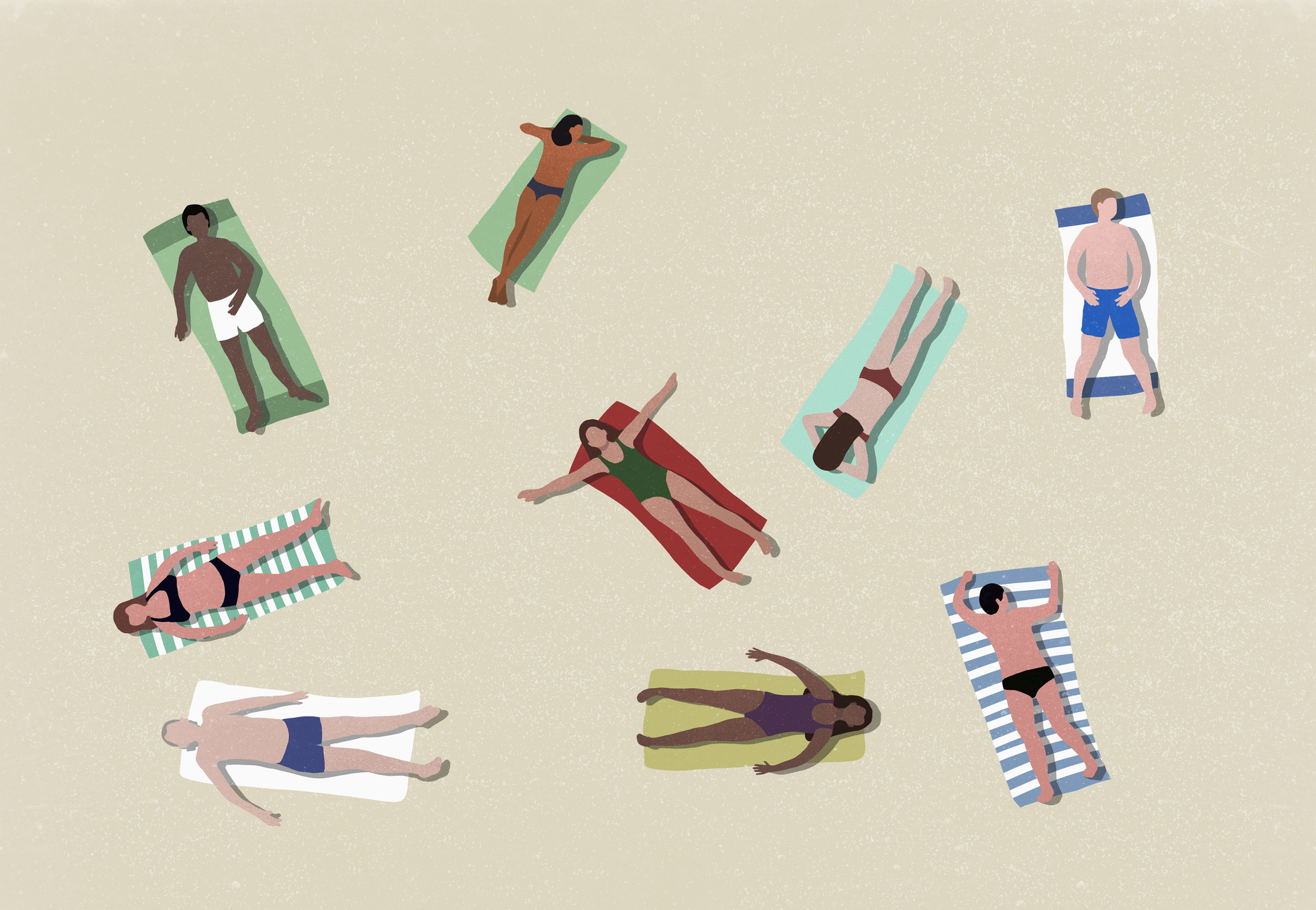
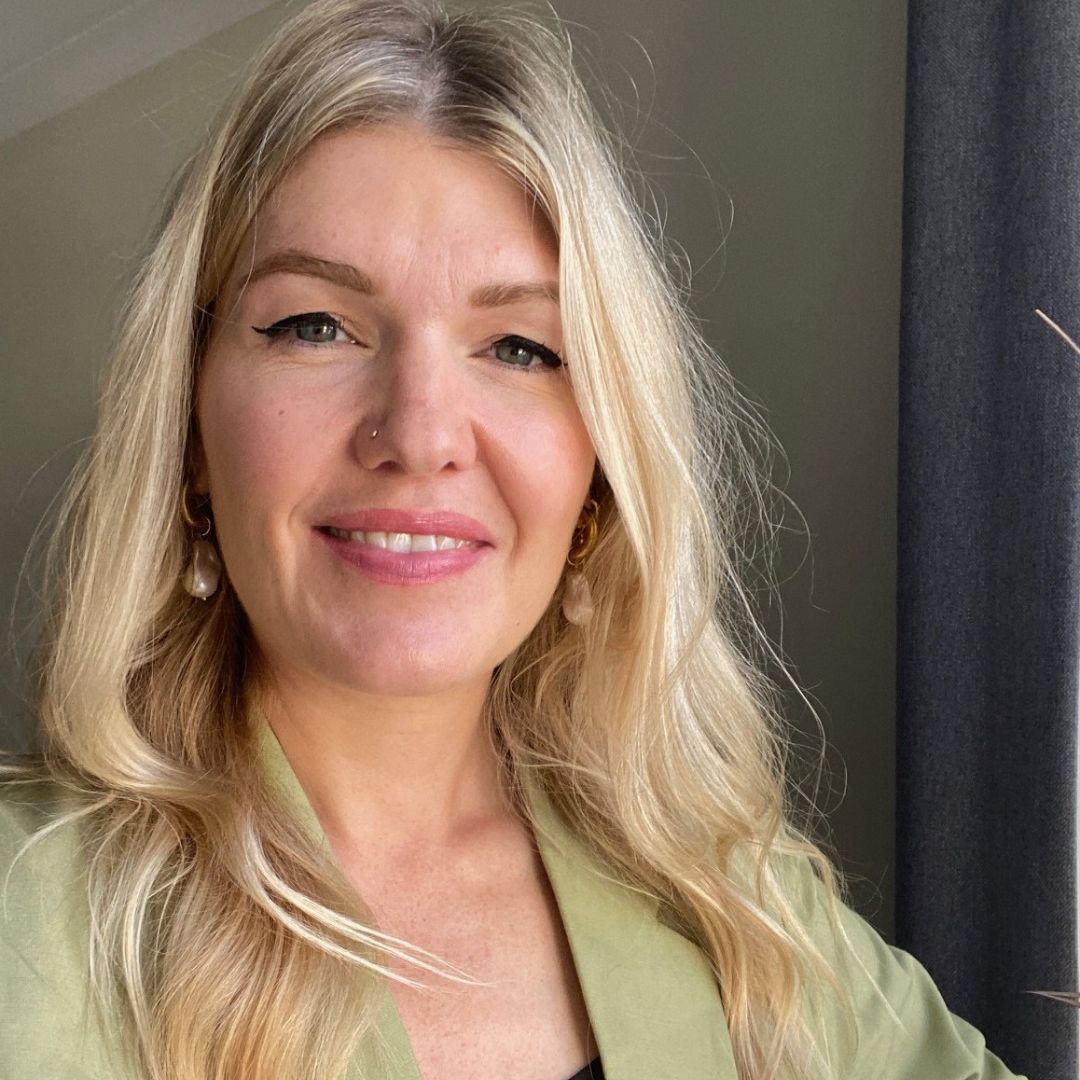
While we're big advocates of sunscreen at woman&home, you need to know how to treat sunburn if you've been laying out in the heatwave and got caught out.
Before we even start talking about the best aftersun lotion, let's get the obvious warning out of the way: wearing SPF is essential all year round, but it's even more crucial in the summer months when temperatures soar. Not only do you need to know how to apply sunscreen properly, but knowing that sun cream has a shelf life is also important. Last year's leftovers may well be out of date and therefore won't offer proper protection against the sun's harmful rays.
In an ideal world, covering up and staying out of the sun is the best option. But if you have been out in the sun and are looking on the red side, you need to know the next steps. As we head towards the hotter months in both the US and the UK, we've pulled together a need-to-know guide to avoiding redness, and how to treat sunburn if you do catch the sun.
What is sunburn?
In a word, damage. When your skin is exposed to UV radiation it releases melanin, a dark pigment that acts a bit like an umbrella in the top layer of your skin. This helps block and minimize damage in the deeper cellular layers. Depending on how much melanin is naturally present in your skin, this may appear as a tan or inflamed and red—which is sunburn.
These cells sometimes collect in groups on the skin's surface, which is where we see pigmentation and age spots, or in more severe cases melasma. It's worth noting that there is no real distinction here between those who go pink and those who go brown—if your skin is changing color in the sun, that's damage.
While darker skin tones have higher levels of melanin, and therefore have a slightly higher level of natural protection, this is minimal and there really is no such thing as a healthy tan (apart from fake tan, of course). Sun damage is linked to skin cancer and cancerous moles, so you need to take all the steps you can to prevent it. "Repeated sunburn can increase your lifetime risk of developing skin cancer in later life and the risk should be taken seriously," explains Consultant Dermatologist Dr Anjali Mahto . "Signs and symptoms usually develop 2-6 hours after sun exposure and peak at about 12-24 hours.
"Your skin may become hot, red, tender and blisters can form. In severe cases, it is possible to develop dehydration, imbalances of the important salts in your blood, and skin infection. In rare cases, it can potentially be fatal."
Sign up for the woman&home newsletter
Sign up to our free daily email for the latest royal and entertainment news, interesting opinion, expert advice on styling and beauty trends, and no-nonsense guides to the health and wellness questions you want answered.
When to seek emergency medical treatment for sunburn
We've all made jokes about someone looking like a "lobster" after catching the sun, but sunburn can be extremely dangerous, and you should always seek emergency medical treatment for severe cases. "If you develop blisters that affect up to 20% of your body surface area or other symptoms such as fever, nausea, chills, severe pain, headache, fainting or dizziness it is vital you seek medical attention," Dr Mahto tells us. "Severe sunburn can be associated with heat exhaustion or heat stroke which are life-threatening."
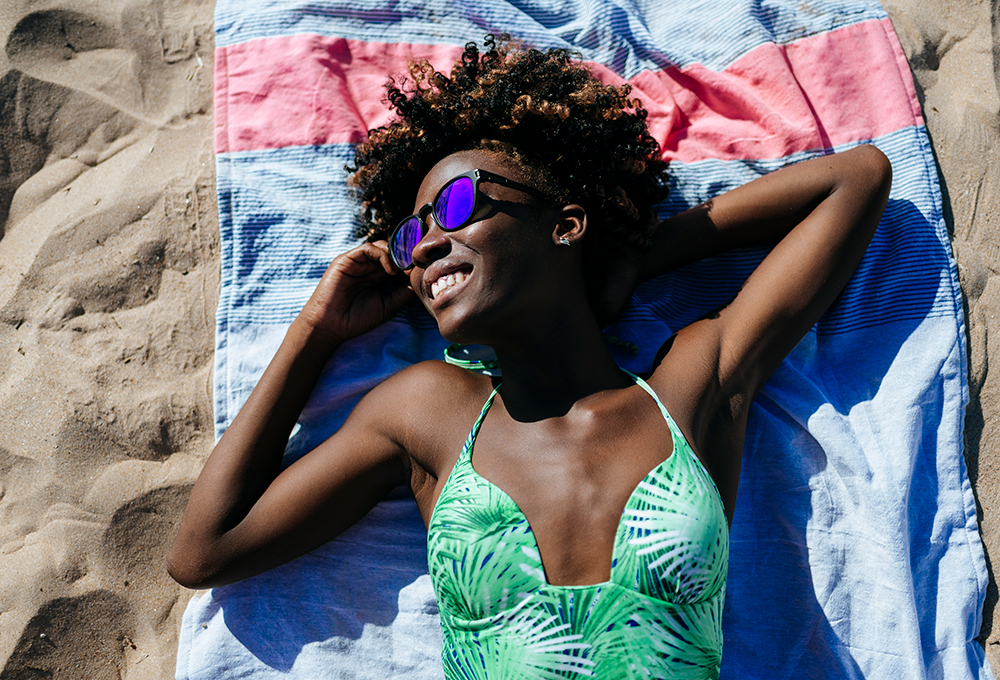
How to prevent sunburn
If you know you're going to be outside for long periods of time, you should always take precautions against sunburn. Some people, such as those with paler skin, freckles and moles, are more at risk of sunburn and should take extra precautions and avoid the sun at the hottest points of the day. In the UK and US, your risk of burning is higher between March and October, particularly between 11am and 3pm. You can minimize this by doing the following.
- Wear a hat. The scalp is often one of the first places to burn, but a wide-brimmed hat will keep it covered and shield your face, nose and ears.
- Wear sunglasses. Choose a quality pair, and look for the CE mark to protect your eyes from UV rays. These are some of our favorite places to buy prescription sunglasses.
- Keeping covered. Opt for long sleeves legs and full-length trousers in thin, breathable fabrics to keep you cool.
- Apply sunscreen twice. Once 30 minutes before going out, and again immediately prior to going into the sun.
- Reapply your sunscreen every two hours to ensure your skin is properly protected.
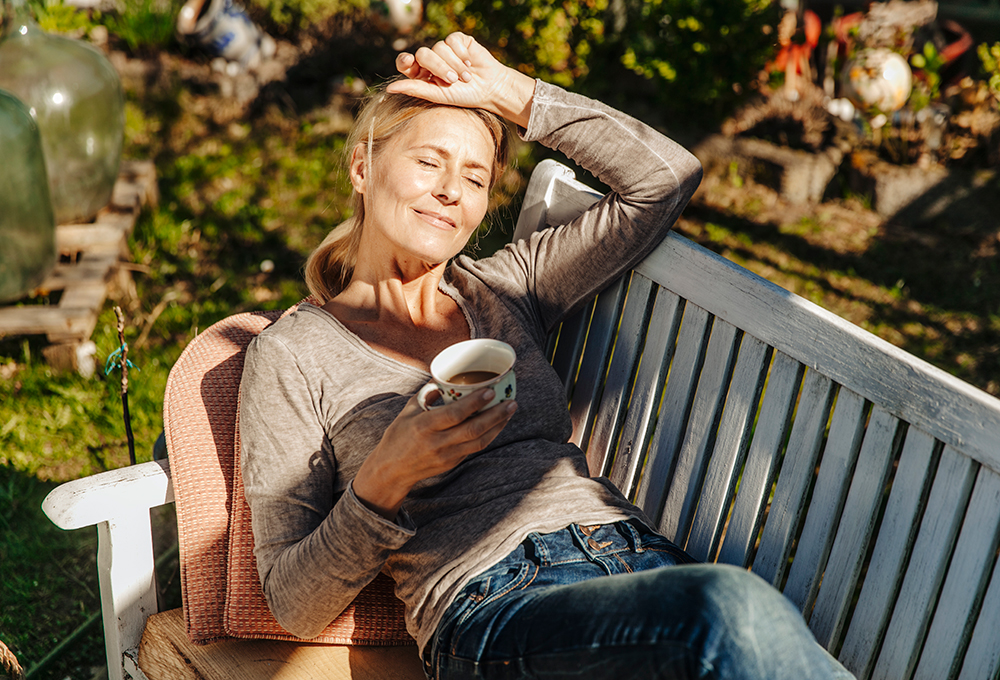
Ultraviolet light can be split into two types; UVA and UVB, and both can affect your skin in a negative way. Remember: A causes aging and B causes burning. Traditionally we've focused on UVB rays, as they are also the cancer-causing type. But UVA rays are powerful enough to penetrate cloud and glass and, unlike UVB, get through the Ozone layer, too. This means around 95% of UV rays that reach the ground are UVA—so it's crucial to take precautions even on a cloudy day.
Your surroundings may also play a role in how likely you are to burn. "There are certain surface types that reflect UV light and therefore cause greater damage to the skin,’ explains Lloyds Pharmacy pharmacist Pareena Patel. "Dry beach sand can reflect up to 15% of radiation and seafoam 25%. If you’re spending the day by the sea at home or away, ensure you regularly re-apply sun lotion. You should also reapply every time you towel dry after swimming, even if it claims to be water-resistant."
How to treat sunburn
Even if you are being super careful, sunburn happens. If you're suffering the after-effects of too much sun, there are ways to treat sunburn to help ease pain and minimize damage. Start by knowing when you've had enough sun. If your skin feels hot, it's important to head indoors as soon as possible. The official NHS advice to help relieve symptoms is as follows.
- Cool the skin by sponging it with cold water or by having a cold bath or shower—applying a cold compress such as a cold flannel to the affected area may also help.
- Drink plenty of fluids to cool down and prevent dehydration.
- Apply a water-based emollient or petroleum jelly (such as Vaseline) to keep your skin cool and moist.
- Take painkillers such as ibuprofen or paracetamol to relieve any pain—aspirin should not be given to children under 16.
"There are a number of steps you can follow [to treat sunburn]," says Dr Mahto. "The very first thing, however, is to get out of the sun and cover up the affected areas and stay in the shade until your sunburn has healed. Loose cotton clothing worn over sunburn allows sunburnt areas to 'breathe.'"
Hydration is key, too. "Stay hydrated as sunburn can encourage fluid loss through the skin. Drink plenty of water to prevent dehydration and ideally avoid alcohol which may make dehydration worse due to its diuretic effect." Our derm has shared a few more tips on what to do with sunburn to help your skin heal below.
How to get the sting out of sunburn
"You can take over-the-counter pain relief if needed. These can help reduce both pain and inflammation caused by sunburn. Non-steroidal anti-inflammatory drugs, such as ibuprofen [Advil] are ideal (provided you are safe to take this type of drug) and should be continued for a period of 48 hours. Paracetamol [Tylenol] can help with pain, but will have very little effect on inflammation."
"Apply a cool compress e.g. a towel dampened with cool water for 15 minutes, or take a cool bath or shower. Aim to keep the temperature just below lukewarm. Make sure the shower has a gentle flow of water rather than being on full power. If blisters are starting to develop, then a bath is preferable. Do not rub your skin with a towel, but gently pat it dry when you get out."
Does moisturizer help sunburn?
Good news: a gentle and unscented moisturizer can both soothe the skin and help with any unwanted peeling. "Moisturise after your bath or shower and use a fragrance-free cream or lotion to soothe the skin," Dr Mahto advises. "Repeated applications of this are necessary to reduce the appearance of peeling and may need to be continued for some weeks."
Be sure to hit up the aloe vera, too; there's a reason you'll spot it on the labels of many an aftersun lotion. "Aloe vera or soy-containing gels or lotions can be helpful; aloe vera not only has a cooling effect on the skin but also acts as an anti-inflammatory agent," our doctor adds. "Be wary of creams containing ingredients such as petrolatum, benzocaine or lidocaine, which may trap heat in the skin or cause local irritation."
Should you put hydrocortisone/steroid cream on sunburn?
A mild steroid cream can help to treat sunburn, but always follow your doctor or prescriber's instructions as it's important not to overuse these. "You can use a mild steroid cream, like. 0.5-1% hydrocortisone, for 38 hours to help decrease pain and swelling caused by sunburn and speed up the healing process," Dr Mahto advises. "This is best avoided in children."
How long do sunburn blisters last?
If you have sunburn blisters, it's imperative that you don't touch them. "Leave blisters alone; try not to pop them as this can lead to infection and scarring," Dr Mahto confirms. "They will usually settle by themselves within a few days."
For personalized medical advice and treatment, always consult your doctor. If your sunburn is very severe or you have any concerning/unusual side effects, be sure to seek medical attention.

As woman&home's Beauty Channel Editor, Fiona Mckim loves to share her 15+ years of industry intel on womanandhome.com and Instagram (@fionamckim if you like hair experiments and cute shih-tzus). After interning at ELLE, Fiona joined woman&home as Assistant Beauty Editor in 2013 under industry legend Jo GB, who taught her to understand ingredients and take a cynical approach to marketing claims. She has since covered every corner of the industry, interviewing dermatologists and celebrities from Davina McCall to Dame Joan Collins, reporting backstage at London Fashion Week and judging the w&h Beauty Awards.
-
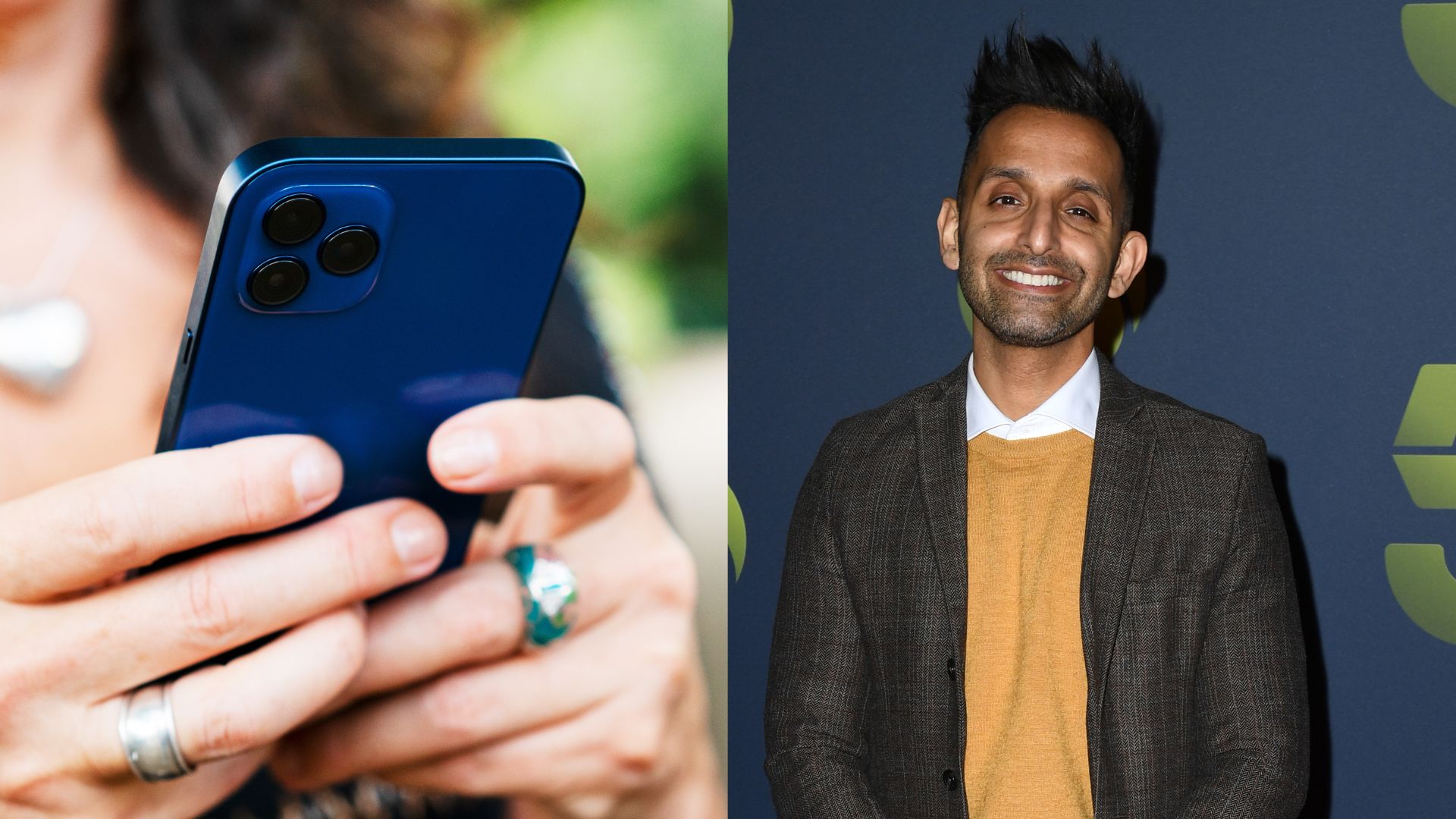 Dr Amir Khan reveals the 5 symptoms you should 'never' ignore, no matter how 'vague' they are
Dr Amir Khan reveals the 5 symptoms you should 'never' ignore, no matter how 'vague' they areDr Amir Khan, a GP who often appears on ITV's Lorraine, took to Instagram this week to share the symptoms he'll always take a second look at
By Grace Walsh
-
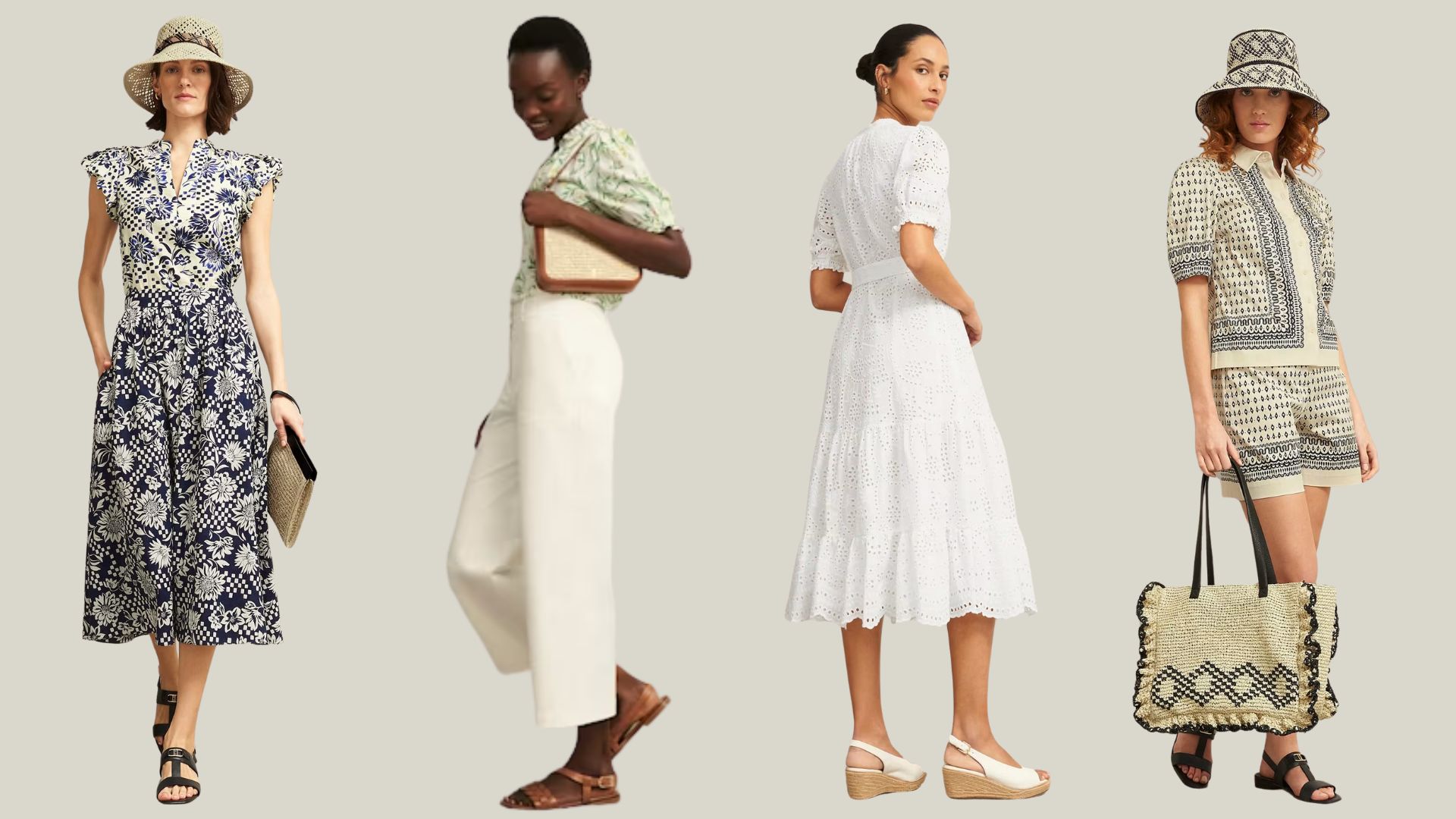 Head to Hobbs for holiday-ready linen and the most elegant summer dresses you’ll find on the high street
Head to Hobbs for holiday-ready linen and the most elegant summer dresses you’ll find on the high streetWondering where to shop for a chic summer wardrobe? Hobbs has you covered
By Caroline Parr